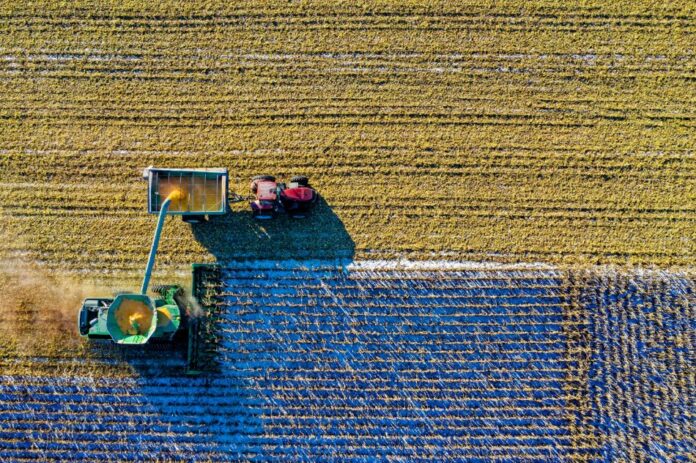Farming for the future: The benefits of regenerative agriculture
In this news article, Barry Crackett, product designer at Brushtec, shares his knowledge of the benefits of regenerative agriculture, including soil biodiversity, food nutrients, and animal welfare.
As we start to put more thought into the food we eat and how it impacts the environment, regenerative farming has emerged as one of the most promising solutions in modern agriculture.
But what exactly is regenerative farming, and how can it help us solve important social and environmental issues such as food poverty and climate change?
What is regenerative agriculture?
Regenerative farming practices help farms to grow high-quality, nutrient-dense produce while improving — rather than degrading — the land they use.
A dynamic and holistic approach to modern agriculture, it incorporates permaculture and organic farming practices, including crop rotation, conservation tillage, composting, and mobile animal shelters (Regeneration International).
These practices can have far-reaching benefits, ranging from more successful, profitable crop yields for farmers to improved animal welfare.
The main focus of regenerative farming is improving soil quality, as this ultimately is the most important part of any farm.
One major way of doing so is by reducing farmers’ reliance on artificial fertilisers and pesticides and returning to more organic methods like composting.
By letting the soil flourish and return to a more natural state, a regenerative approach to agriculture can ultimately lead to more productive farms, healthier communities, and better economies.
Soil health and the environment
It is easy to forget just how many vital processes take place in the ground under our feet.
However, the microscopic ecosystems that exist in the soil can quite literally make the difference between life and death on our planet.
In fact, there are more soil microorganisms in the form of bacteria, fungi, and soil microbes living in a teaspoon of healthy soil than there are people on the earth (High Weald).
Encouraging this biodiversity is key to growing more nutrient-dense produce like fruit and vegetables — after all, our food is only as good as the soil it grows in.
This is incredibly important for public health going into the future, as the quality of some of our fresh produce is in decline, meaning that we may begin to lack the vitamins and minerals we need in our diet.
Not only does healthy soil allow us to grow better crops, but it also holds onto more carbon from the atmosphere and improves water retention.
These are two very important processes as we try to combat the impacts of climate change.
Conservation tilling is one key way of preventing soil erosion and keeping more carbon in the ground.
By ploughing fields less frequently and leaving leftover crops (such as some roots or stalks) in the ground in between harvests, soil aggregation maintains intact, and less carbon is released back into the atmosphere.
Not only this, but conservation tilling can also reduce the run-off of water and fertiliser, allowing a healthier layer of topsoil to form ready for planting next season.
Animal welfare
As well as benefitting crop yield, regenerative farming can also improve welfare standards for livestock.
One common regenerative practice is rotational planned grazing, where small fields or paddocks are used to move animals around the farm.
This gives the ground a chance to rest and distributes the amount of grazing, footfall, and manure more evenly across the land.
Along with protecting the soil, this also provides livestock with a continuous supply of fresh grazing material and prevents them from standing in overly trodden, waterlogged ground for long periods of time.
So, regenerative practices like this can work alongside other welfare aids like cow brushes (which help cows stay clean, busy, and calm) to give farm animals a better quality of life.
The takeaway
Like most forward-thinking, sustainable initiatives, regenerative farming can take some time to implement.
Farmers must learn about a whole new set of techniques and figure out how to incorporate these into their everyday operations, which can often result in extra costs.
Even though healthier soil will ultimately result in better crop yield and higher profits, it can take some time to return degraded soil to its former health.
However, as the long-term benefits are so profound, any farms that can feasibly transition to more regenerative practices should seriously consider doing so for the sake of the planet, their produce, and their profits.
As we become more aware of how our actions impact the environment, food production has come under more scrutiny in recent years.
However, regenerative farming is one of the most promising solutions currently being explored and put into practice across the world.
By moving away from artificial pesticides and fertilisers and towards natural methods, this farming approach makes soil health its chief priority.
With benefits ranging from better quality produce to lower carbon emissions, regenerative agriculture has long-term benefits that are worth the financial and educational investment.
Not only this, but farmers improve living conditions for their livestock too.
In a previous article, we looked at the benefits of vertical farming.





